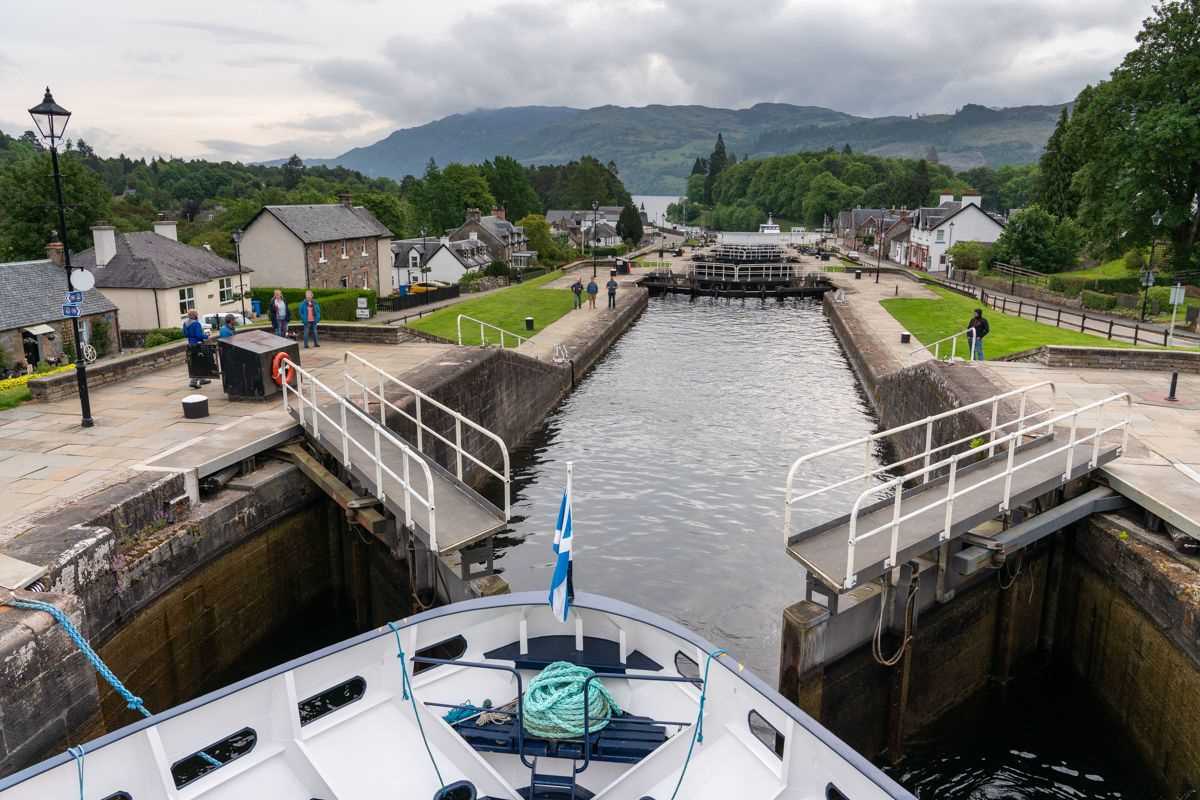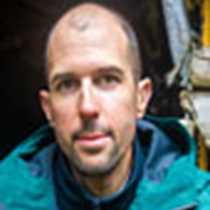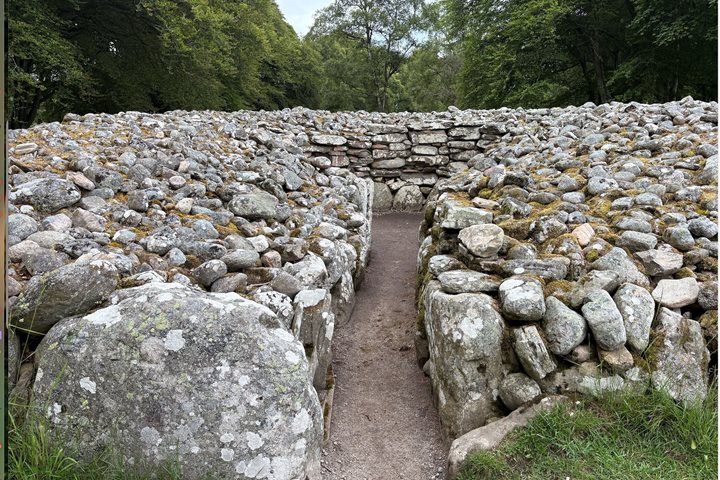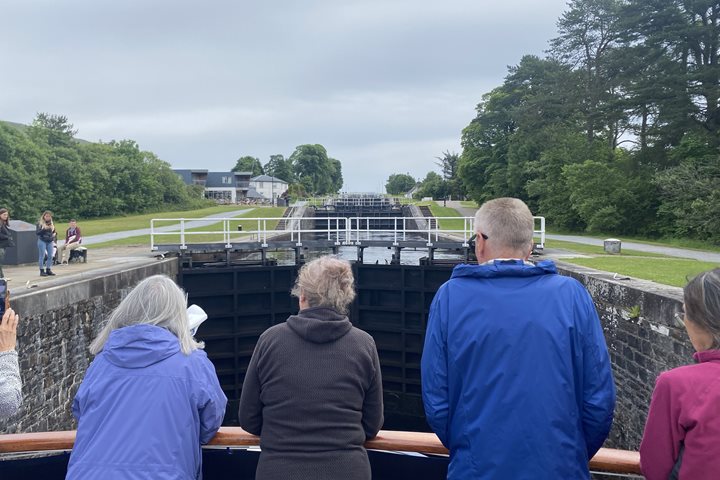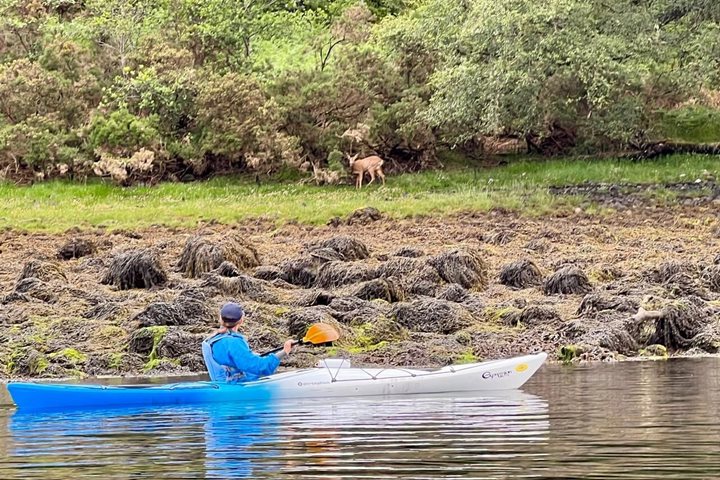We began our descent of the flight of locks in Fort Augustus during breakfast before entering Loch Ness. Strategically situated halfway across the loch, Urquhart Castle has stood guard since Norman times and is built on the remains of a Pictish hill fort dating back to the Iron Age. It was here that Columba engaged with the Pictish leaders as he moved through the Great Glen with the Christian gospel to converting the Picts. Medieval hagiography required that a saint perform a miracle and the one supplied Columba by his biographer was that he banished a monster into the depths of the loch. The legendary stories of Nessie thus date back as early as the sixth century. Loch Ness is the largest body of fresh water in Britain, reaching depths greater than any in the North Sea. From the northern end of the loch, we reentered the Caledonian Canal, which runs beside the fast-flowing River Ness all the way to Inverness.
In the afternoon, we ventured to Culloden, where the National Trust for Scotland have opened a splendid visitor center to commemorate the last armed conflict on British soil. In 1746, the Jacobite army, having retreated from derby where they were in striking distance of London, unwisely choose Culloden Moor for their final showdown with the government forces of the Hanoverian monarchy. The defeat turned into a retributive rout, and George Cumberland vowed to leave no sanctuary in mainland Britain for treacherous Catholic Gaels. In the century after Culloden, the process of the Highland Clearances saw the removal of large numbers of highlanders from their cottages, first to Canada and then to Australia, to be replaced by more profitable sheep.
An additional visit was made to the nearby site of Clava Cairns, a remarkable group of passage-graves dating back about 4,000 years to the late Neolithic and Bronze ages. The site also has megalithic structures of ritual significance, the tombs being solar aligned for the winter solstice.
Our day wrapped up with a festive farewell dinner, a reading of the traditional Address to the Haggis—a delightful example of the wit of Robert Burns—and entertainment by the Fraser School of Highland Dancing.

